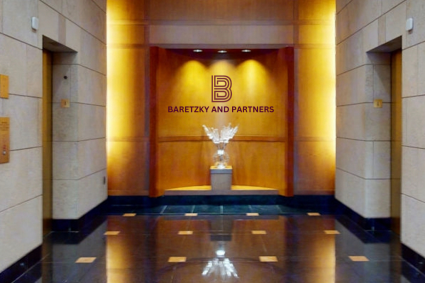
Collaboration is a powerful tool in the fight against financial crime. By fostering partnerships among governments, financial institutions, and international organizations, we can enhance detection, prevention, and response strategies.
Governments play a crucial role by enacting robust regulatory frameworks and ensuring law enforcement agencies have the resources to combat financial crime. Internationally, entities like the Financial Action Task Force (FATF) set standards and promote the effective implementation of legal, regulatory, and operational measures.
Financial institutions are at the front line, employing advanced technologies such as machine learning and artificial intelligence to identify suspicious activities. Collaboration with regulatory bodies ensures these institutions remain compliant with ever-evolving regulations. Sharing information through public-private partnerships, such as the UK’s Joint Money Laundering Intelligence Taskforce (JMLIT), exemplifies how pooling resources and intelligence can lead to significant breakthroughs.
Technology companies contribute by developing tools that enhance transaction monitoring, KYC (Know Your Customer) processes, and data analytics. These innovations are essential for financial institutions to detect and report unusual activities swiftly.
International collaboration is equally vital. Initiatives like the Egmont Group facilitate the exchange of financial intelligence among over 160 Financial Intelligence Units (FIUs) worldwide. This cooperation is critical in tracking cross-border financial crime and dismantling complex money laundering networks.
The private sector also plays a pivotal role. Corporations are increasingly recognizing the importance of adhering to anti-money laundering (AML) and counter-terrorist financing (CTF) regulations, investing in compliance departments, and training employees to spot and report suspicious activities.
Education and awareness are key. Continuous training for law enforcement, financial professionals, and even the general public helps in recognizing and understanding the methods used by financial criminals.
The fight against financial crime is multifaceted, requiring a coordinated approach that leverages the strengths and capabilities of diverse stakeholders. Through collaboration, information sharing, and the use of advanced technologies, we can create a robust defense against financial crime, ensuring the integrity of the global financial system.
WWW.BARETZKY.NET




















